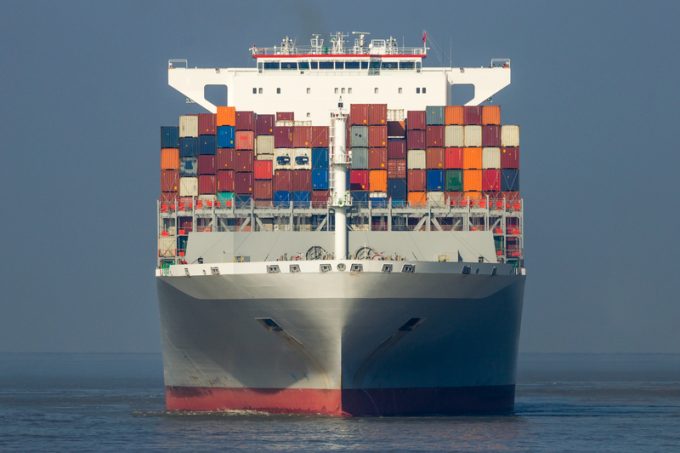Multimodal negotiable cargo documents a step closer to reality
Negotiable cargo documents are one step closer to realisation, allowing goods to be sold in ...

The “stratospheric” freight rates and shipping lines’ huge Q2 profits have been slammed by cargo owners, and a new report claims the carrier alliances are “suppressing” cargo.
According to a market review by MDS Transmodal and the Global Shippers Forum (GSF), container traffic grew 4% in Q2, up 22% year on year, returning close to pre-Covid levels of growth.
Carriers were “effectively full”, at 90% utilisation on most tradelanes, MDS said, noting capacity shares based on vessel-sharing agreements “in some key markets” ...
Maersk u-turn as port congestion increases across Northern Europe
Maersk Air Cargo sees volumes fall as it aims for 'margin in favour of revenue'
Keep our news independent, by supporting The Loadstar
Container spot rates diverge: to Europe still falling, but firmer to the US
Hapag-Lloyd won't take bookings if port congestion leaves cargo stranded
Ecommerce likely the front-runner in resurge of transpacific trade after deal
Containership charter market feels the ripples from trade tensions
Airfreight players eye new routes as demand on the transpacific nosedives

Comment on this article
Gary Ferrulli
September 02, 2021 at 3:12 pmPretty well balanced realistic view of todays conditions. Many factors and entities lend to the present circumstances, and certainly unprecedented profits for an industry that has for decades lost participants due to lack of profits and negative rates of returns. How long will it last? Some of it is systemic flaws in the supply chain at many points that have been ignored for years and decades, now glaring and it will take time to fix them, with some of them maybe not repairable.
Zoran Kostadinoski
September 05, 2021 at 11:56 pmThe world economy runs on global supply chains. When the demand for shipping is higher than the supply, it is time for the supply chain participants to unite and work on solutions to minimise global trade disruptions. The ‘blame game’ will not improve the supply chain efficiency or reduce ocean freight rates.